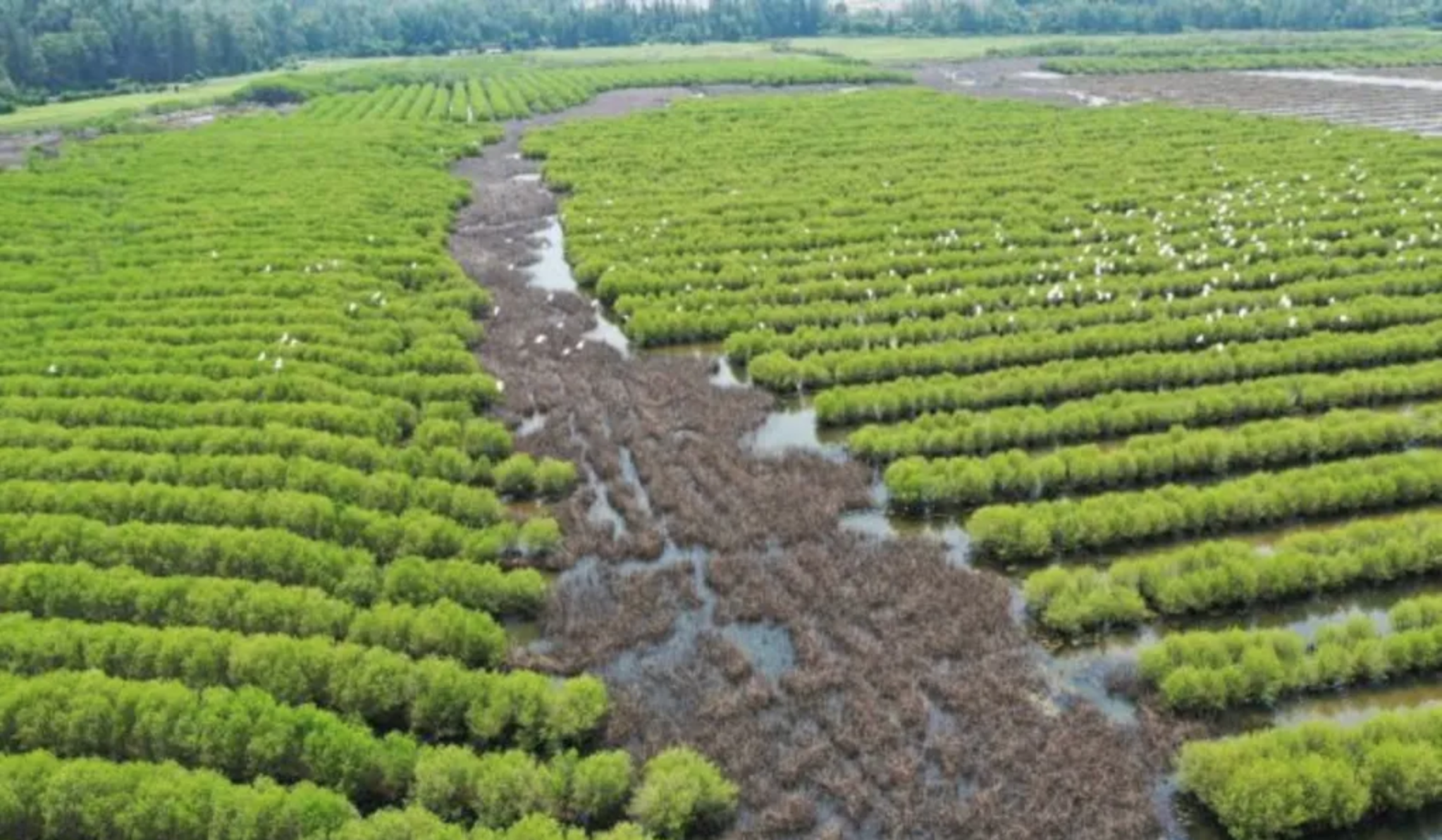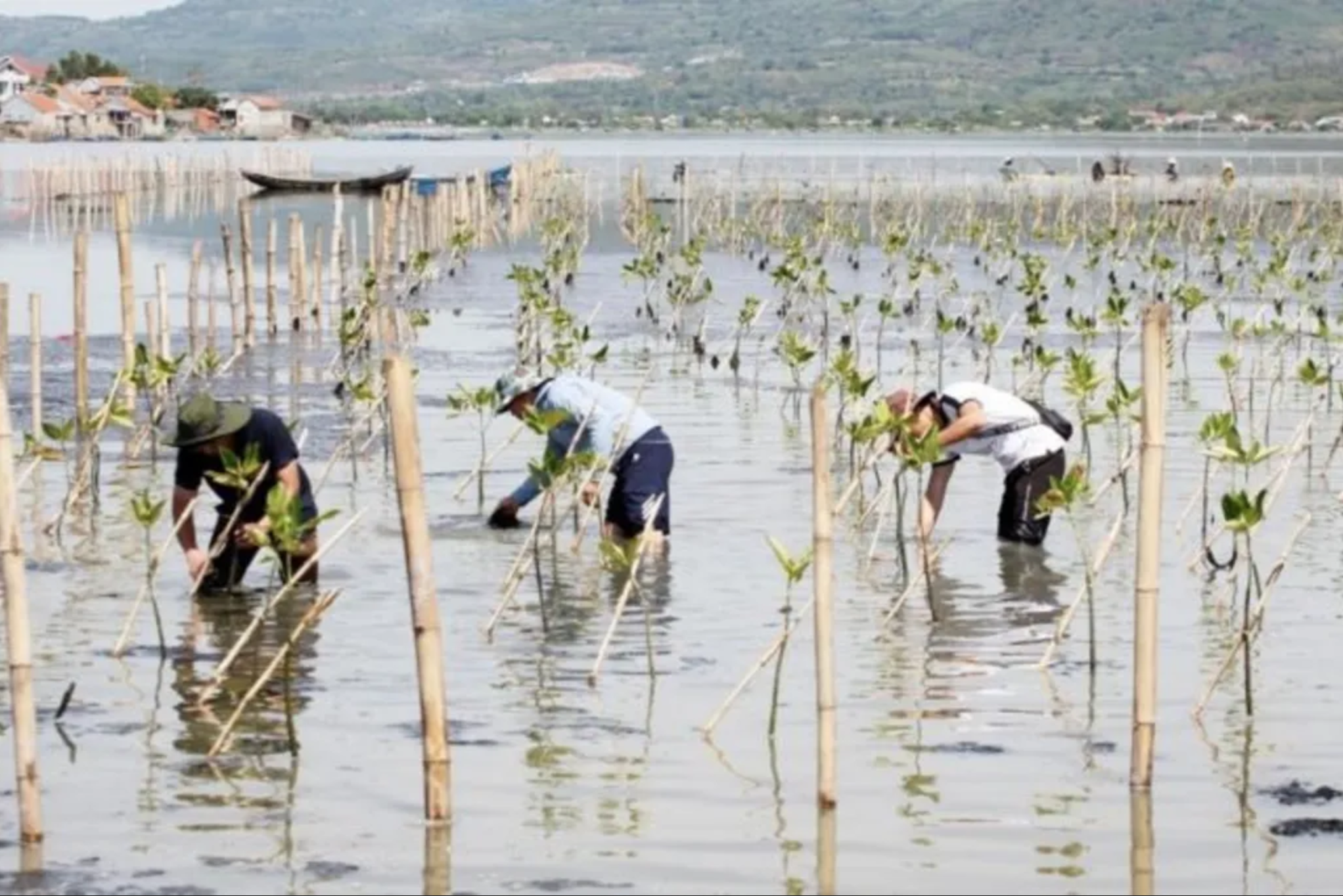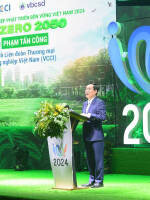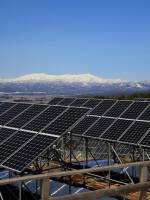
Recognising the positive impacts of mangrove forests in the face of climate change, Việt Nam has been working to protect and revive these areas with the help of an international community.
According to the Ministry of Agriculture and Rural Development (MARD), mangrove forests are present in 28 coastal cities and provinces of Việt Nam, most in the southern, northeastern and northern delta regions.
Spanning a total area of 200,000 hectares, Việt Nam’s mangrove forests are believed to not only have socio-economic and biodiversity values but also act as large carbon storage ‘tanks’ that help reduce greenhouse gas emissions (GHGs), according to the United Nations Development Programme (UNDP).
With the support of the From Commitment to Action Initiative in the Asia Pacific, the UNDP has collaborated with the Department of Forestry under the MARD to develop methods to measure carbon stocks in mangrove forests.
The project was carried out in Hải Phòng City and HCM City, as well as in the provinces of Quảng Ninh, Thừa Thiên-Huế, Bình Định and Cà Mau, representing six ecological zones of Việt Nam.
Results show that the carbon stock in Việt Nam’s mangrove forest stands at 245 tonnes per hectare. Of this, the average carbon content in vegetation biomass accounts for 29 per cent, while the remaining 71 per cent is found at about 30 centimetres underground beneath the mangrove canopy.
The pilot in the six representative localities has determined the carbon content in sample plots, as well as the average carbon content by way of tree species and forest conditions.
Based on this data, the carbon stocks in each locality are: 15.7 million tonnes in HCM City, 12.7 million tonnes in Cà Mau Province and about three million tonnes in Quảng Ninh Province.
Director of the Institute of Strategy and Policy on Natural Resources and Environment Nguyễn Đình Thọ said that the evaluation of the mangrove forests’ carbon absorption and storage capacity will serve as the scientific basis for State management in reducing GHGs, as well as the protection and development of these wetlands.
This data will also contribute to international negotiations regarding GHG reduction, while the revenue from carbon credit sales will assist in forest management, conservation and improving the livelihoods of local people, he added.
Recognising mangrove forests as beneficial national resources, Việt Nam has been highlighting the roles and values of these areas, strengthening forest management policies.

In October 2010, the Prime Minister approved a plan for the protection and development of coastal forests in response to climate change and promoting of green growth in the 2021-30 period.
This document sets out the goals to manage, protect and sustainably use existing coastal forests, as well as new forest areas, between 2021 and 2030.
It also aims that by 2030, Việt Nam will have 20,000 hectares of new forests, while 15,000 others will be restored and improved.
The efforts to protect and enhance the efficiency and economic values of Việt Nam’s coastal mangrove forests have been well-received by localities, communities and businesses as well as international organisations.
A project titled ‘Net Zero Forest’ has been carried out since August this year by the major Vietnamese dairy company Vinamilk and its partner Gaia Nature Conservation, aiming to regenerate 25 hectares of mangrove forest in the Cà Mau Cape National Park, the southernmost part of the country.
Under the project, about 100,000 to 250,000 mangrove trees will be planted in the park over the course of six years.
Meanwhile, nearly 4,300 hectares of mangrove forest are being planted, restored and revived in the six coastal provinces of Nam Định, Thanh Hóa, Thừa Thiên-Huế, Quảng Nam, Quảng Ngãi and Cà Mau.
This result is part of the project ‘Improving the resilience of vulnerable coastal communities to climate change related impacts in Việt Nam’, which was jointly implemented by the Green Climate Fund, the UNDP and the Vietnamese Government since 2018.
The mangrove forests from the project are flourishing to become a ‘green barrier’ against strong waves while also protecting coastal dykes and improving local livelihoods and biodiversity.
Data as of June this year shows that the emission reduction from the project’s mangrove forests reached over 1.1 million tonnes of CO2, exceeding the initial target of 565,000 tonnes.
The carbon measurement methods developed and put into practice by the project also serve as an important basis for the Department of Forestry to perfect their calculations and draft a temporary technical handbook, which will be used to determine the carbon biomass and stocks in coastal mangrove forests.
UNDP’s climate change experts believe that reviving mangrove forests can be a solution to both reduce GHG and adapt to climate change, as Việt Nam fulfils its nationally determined contribution in this matter.
(VNS)




